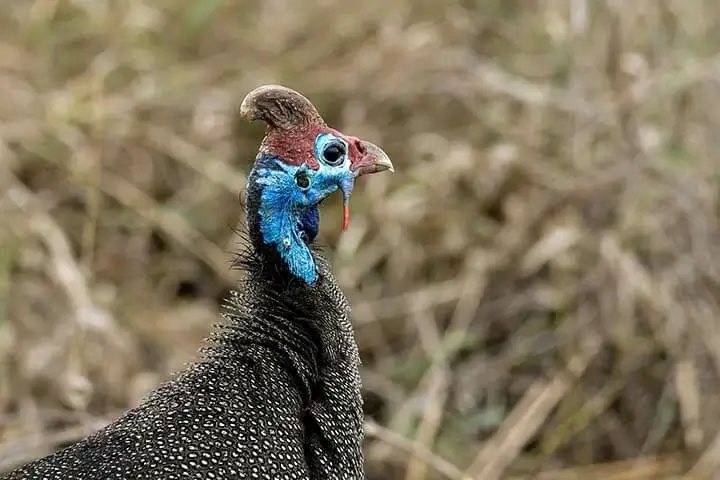
BIRDING IN
Bazaruto National Park

BIRDING IN
Bazaruto National Park

BIRDING IN
Bazaruto National Park

BIRDING IN
Bazaruto National Park
The Bazaruto was inaugurated in 1971, an archipelago of six islands off the Mozambican coast between Vilankulo and Inhassoro. Bazaruto archipelago consists of the islands of Bazaruto, Santa Carolina, Benguerra Island and Margaruque, and also the San Sebastião peninsula on the mainland. The park was created to protect dugong and marine turtles, and their habitats. The islands' flora and fauna, coral reefs and marine birds were also included.
There are high sand-dunes on the eastern side, but the rest of the land area is flat. The most important habitat for birds is the extensive intertidal flats which connect the islands. Vegetation on the islands is mostly scrubby, with a small patch of moderately well developed woodland on Benguerra Island. Several freshwater lakes occur on Bazaruto Island. The San Sebastião peninsula has well developed woodlands and forest and extensive marshes. The human population is dense on the islands and sparse on the peninsula. Human activities consist of subsistence farming and fishing. There is a well developed infrastructure for tourism.
The park is an important wintering ground for migratory waders from the Palearctic. For six species of non-breeding waterbird, numbers exceed the 1% population thresholds. The largest congregations in southern Africa of Limosa lapponica (average 4,300 during 1996 - 1998) and of Dromas ardeola have been observed here. Flocks of Phoenicopterus ruber, which arrive in midwinter, include newly fledged young, and this is an important stop-over site for birds from breeding grounds in Botswana which disperse along the east coast of Africa. The number of waterbirds present during the austral summer regularly exceeds 20,000. The rare Falco eleonorae has been observed and may be a regular non-breeding visitor. The globally near-threatened Anthreptes reichenowi is likely to occur at San Sebastião, although not yet observed there. Rare birds observed in the marshes of San Sebastião include Vanellus crassirostris and Butorides rufiventris. One species of the East African Coast biome occurs, as does two of the Zambezian biome.
White-faced Whistling Duck, Red-billed Teal, Spur-winged Goose, Helmeted Guineafowl, Greater Flamingo, Mourning Collared Dove, Red-eyed Dove, Ring-necked Dove, Laughing Dove, African Green Pigeon, Treron calvus, Emerald-spotted Wood Dove, Fiery-necked Nightjar, Mozambique Nightjar, African Palm Swift, Horus Swift, White-browed Coucal, Yellowbill, Jacobin Cuckoo, Levaillant's Cuckoo, Klaas's Cuckoo, Diederick Cuckoo, Red-chested Cuckoo, Black Crake, Red-knobbed Coot, African Openbill, Great White Pelican, Pink-backed Pelican, Black-crowned Night Heron, Cattle Egret, Grey Heron, Goliath Heron, Purple Heron, Great Egret, Little Egret, African Sacred Ibis, Lesser Frigatebird, Great Frigatebird, Long-tailed Cormorant, Great Cormorant, African Darter, Water Thick-knee, Eurasian Oystercatcher, Pied Avocet, Black-winged Stilt, Grey Plover, Common Ringed Plover, Kittlitz's Plover, Three-banded Plover, White-fronted Plover, Chestnut-banded Plover, Lesser Sand Plover, Greater Sand Plover, Blacksmith Lapwing, Whimbrel, Eurasian Curlew, Bar-tailed Godwit, Ruddy Turnstone, Ruff, Curlew Sandpiper, Sanderling, Little Stint, Terek Sandpiper, Common Sandpiper, Green Sandpiper, Common Greenshank, Common Redshank, Wood Sandpiper, Marsh Sandpiper, Common Buttonquail, Crab-plover
Our Experts are ready to provide answers
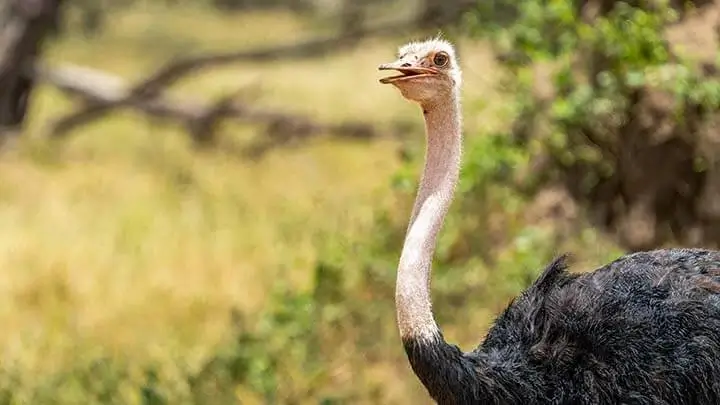
hese landscapes support a wealth of bird species, with 318 species being confirmed in the park to date and many additional species believed to still occur in the park.
Read More
Gorongosa mountain makes up less than 10% of the extent of this site, but is the most important part because most of the bird species which are of conservation interest are concentrated here.
Read More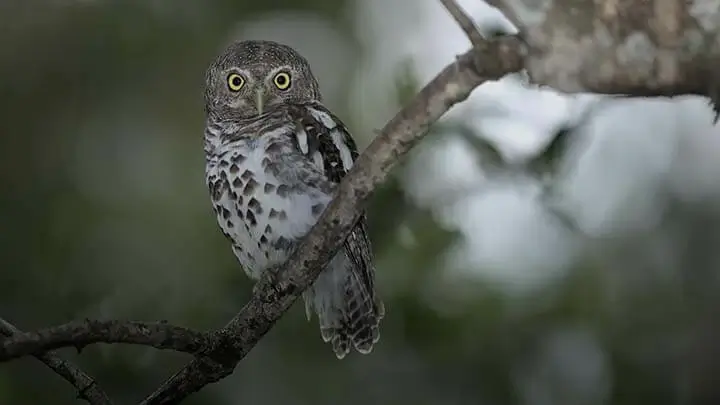
There have been over 600 species recorded in the province to date. Limpopo offers an excellent variety of birds due to its habitat diversity. Raptors, woodland and wetland species are all particularly well represented.
Read More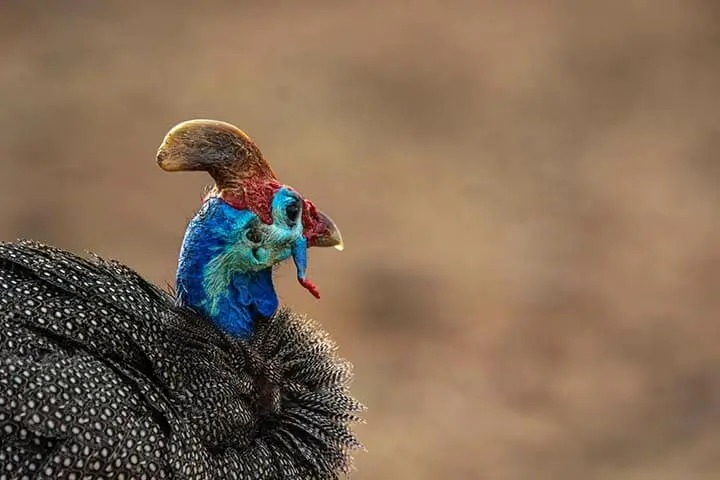
Number of bird species here are 202 and the number of globally threatened species are two. Some of those include;
Read More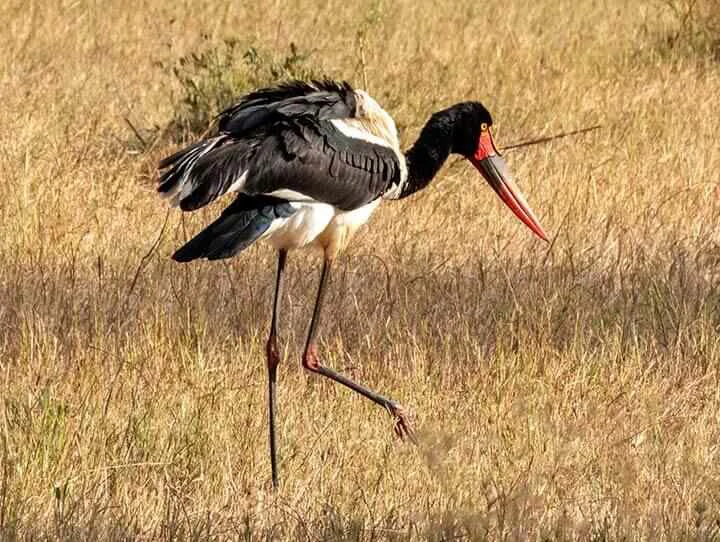
Zinave National Park has 177bird species, 4 of which are globally threatened species. Bird species to look out for at Zinave include; Common Ostrich, White-faced Whistling, Duck, Egyptian Goose, Spur-winged Goose, Comb Duck, Helmeted Guineafowl, Crested Guineafowl, Red-necked Spurfowl,
Read More